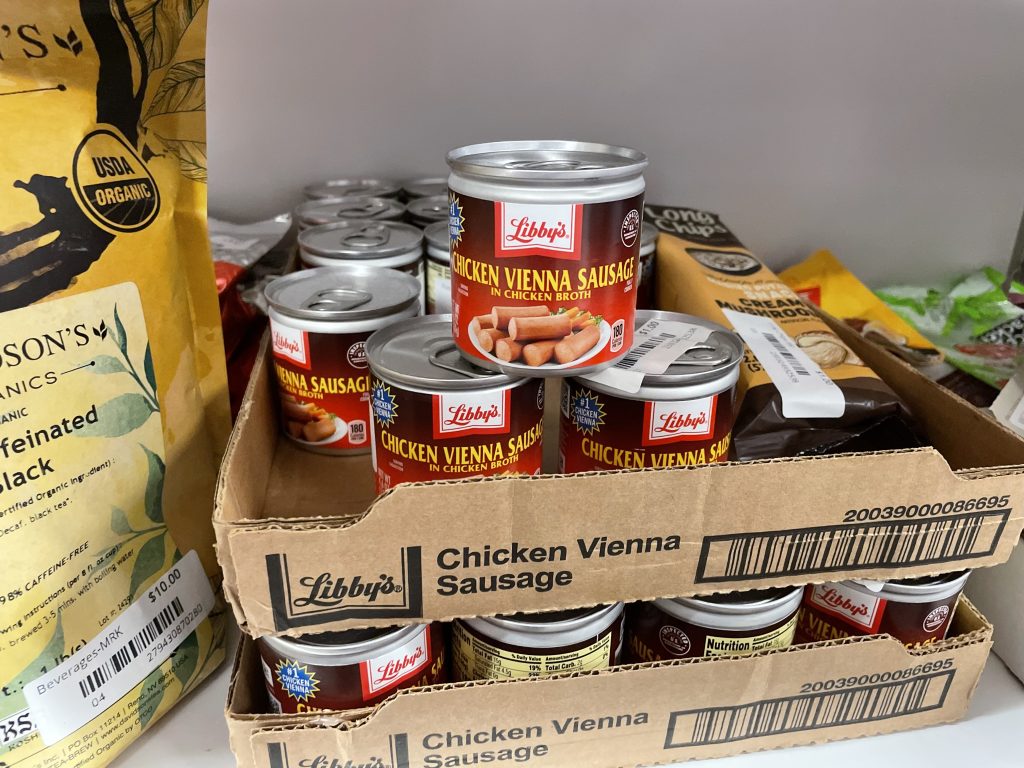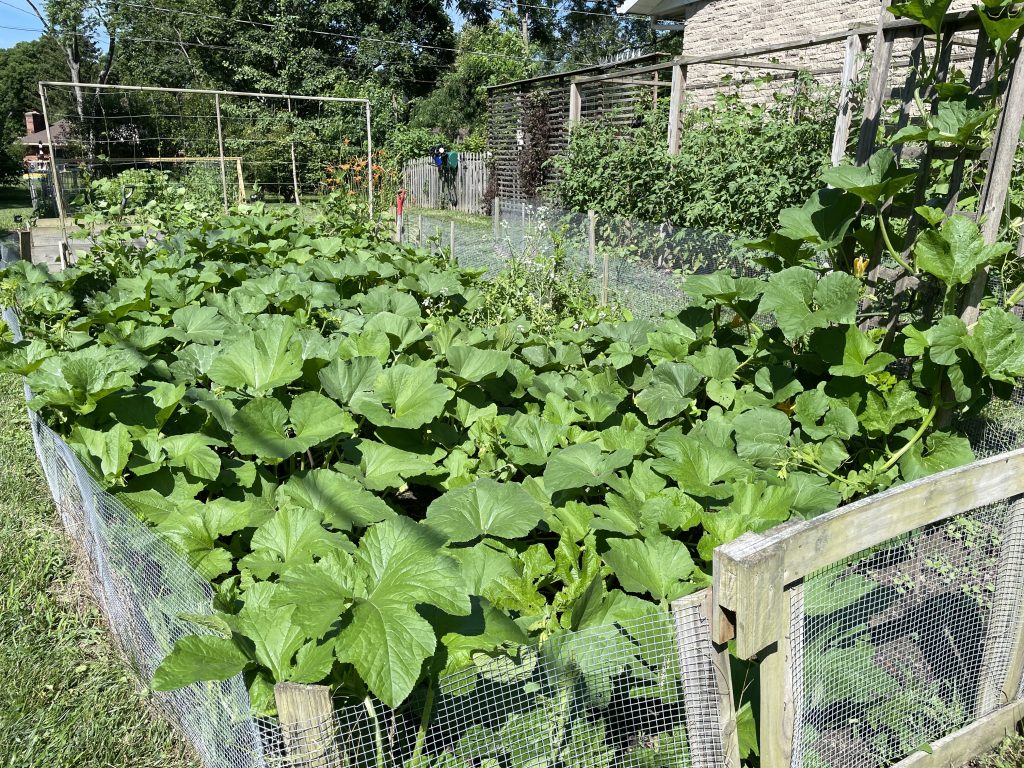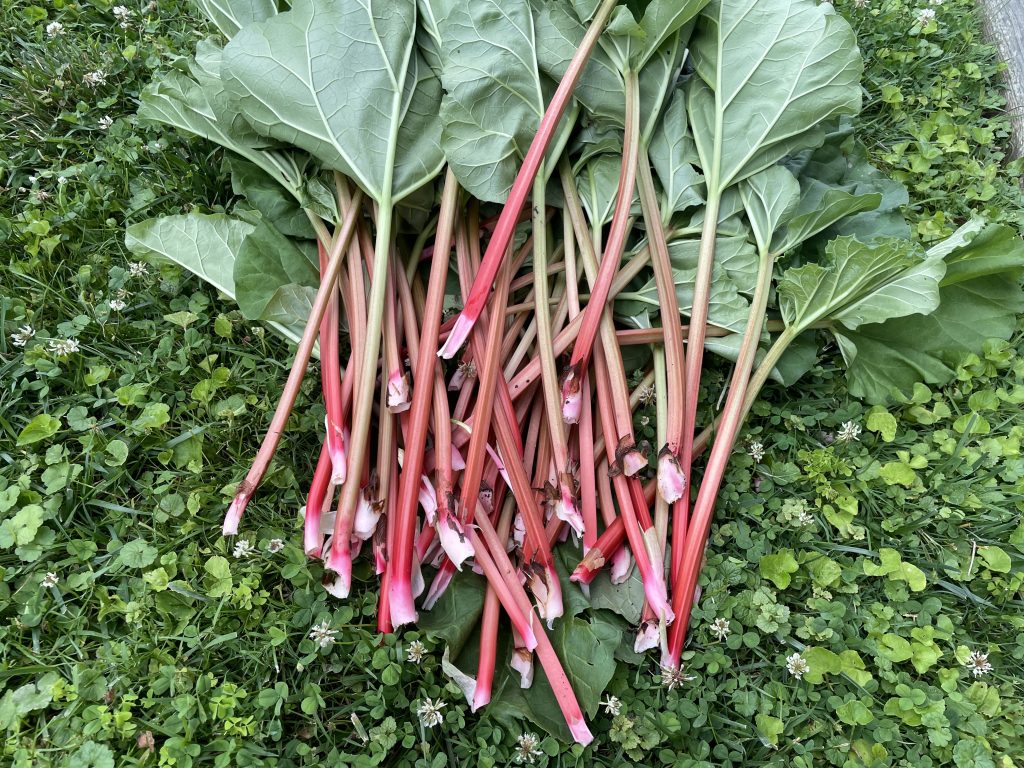No, I did not travel to Vienna in my youth. I went to New Mexico a few times, but that was about the extent of family vacations. Travel to me involved Boy Scouts, which mostly consisted of bleeding and sweating…and sometimes hypothermia. But tourism wasn’t exactly on the menu.
What I did have was a very good friend in 7th grade – Aaron. He was not a subscriber to the traditional Texan masculinity. I hate the term “Toxic Masculinity”, as it implies an inherent problem with men as a whole, but in some circumstances I think it’s the best explanation for male adolescent behavior – particularly those in Texas during the 90s. Example: the time someone broke the soap dispenser in the locker room at the pool (I was in school swimming at the time), and surreptitiously squirted its contents into my locker, soaking my clothes. That was a fun day. I’m still not certain why, seeing as I avoided the groups of larger boys and kept my mouth shut. I suppose I was just an easy target for random aggression.
Fortunately, the aforementioned friend was in swimming with me and also avoiding the bros. He was incredibly religious, like many Texans, but meant well. He gave me a pocket bible on one of these particularly bad days to try to help my declining mental state, and – for the purpose of this post – regularly shared with me his daily canned ration of Vienna sausage. I don’t know why, but he always had a can in his packed lunch. I had never had them prior, nor knew what they were. At the time, they just seemed to be small canned hot dogs. But 7th grade males aren’t very discerning with their meat products, and I thought they tasted wonderful. I had never had them since.
Then, just recently, some 28 years later, I took the kid to the liquidation outlet she likes to visit. Packed with mis-inventoried/lost/returned/written off shelves of all the crap Americans order through the mail, it’s a paradise for people possessing more time than money and trying to get a good deal on something random. Or, in my daughter’s case, someone who doesn’t know what to do with her allowance. And there, sitting on warehouse wire shelving, was a cardboard pack of Vienna sausage cans.

But to the kid’s credit, she’s willing to try most any food substance at least once, and agreed to eat some if I bought a $1 can of this processed meat-like…stuff, and try it with me to scratch an old nostalgic itch.
So – for Aaron! A kind soul in a desolate wasteland of Texan douche-bros.
And upon her initial bite, the kid spit it out and said it tasted like cat food. And I’m afraid that I have to agree. It was not like a hot dog. There was no pleasing snap followed by salty ground meat. It was a pressure-molded funky mush lick of the remaining meat stuck in a grinder that has to be washed out before the health inspector arrives. Yuck. Although the dogs didn’t seem to mind.
Sorry Aaron. You were a good friend and I appreciated you sharing your lunch. But I hope the times since have treated you well enough that you can now enjoy something a little higher quality. It was fun to reminisce, though.
–Simon



